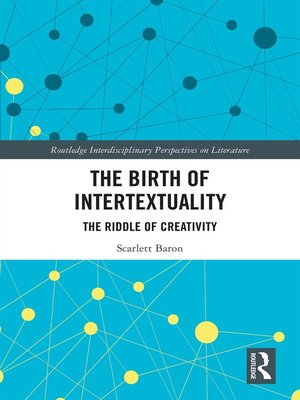The Birth of Intertextuality
ebook ∣ The Riddle of Creativity · Routledge Interdisciplinary Perspectives on Literature
By Scarlett Baron

Sign up to save your library
With an OverDrive account, you can save your favorite libraries for at-a-glance information about availability. Find out more about OverDrive accounts.
Find this title in Libby, the library reading app by OverDrive.



Search for a digital library with this title
Title found at these libraries:
| Library Name | Distance |
|---|---|
| Loading... |
Why was the term 'intertextuality' coined? Why did its first theorists feel the need to replace or complement those terms – of quotation, allusion, echo, reference, influence, imitation, parody, pastiche, among others – which had previously seemed adequate and sufficient to the description of literary relations? Why, especially in view of the fact that it is still met with resistance, did the new concept achieve such popularity so fast? Why has it retained its currency in spite of its inherent paradoxes? Since 1966, when Kristeva defined every text as a 'mosaic of quotations', 'intertextuality' has become an all-pervasive catchword in literature and other humanities departments; yet the notion, as commonly used, remains nebulous to the point of meaninglessness. This book seeks to shed light on this thought-provoking but treacherously polyvalent concept by tracing the theory's core ideas and emblematic images to paradigm shifts in the fields of science, philosophy, psychoanalysis, and linguistics, focusing on the shaping roles of Darwin, Nietzsche, Freud, Saussure, and Bakhtin. In so doing, it elucidates the meaning of one of the most frequently used terms in contemporary criticism, thereby providing a much-needed foundation for clearer discussions of literary relations across the discipline and beyond.







